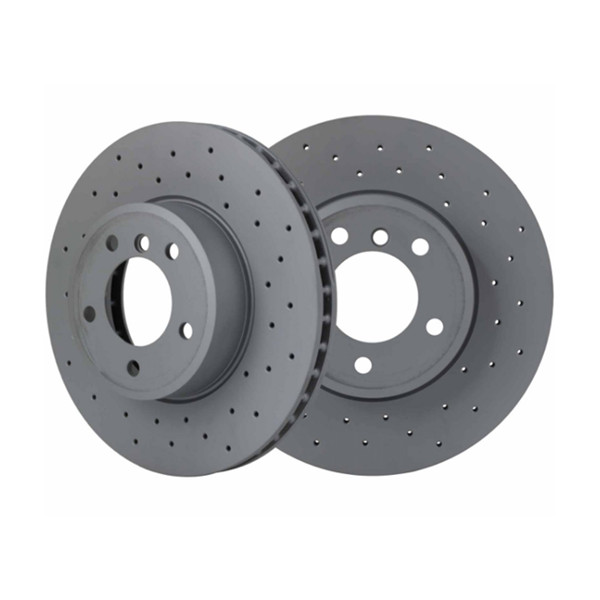If you’re a gear head, you’ve probably heard about a not-so-recent fad — ceramic brake pads. Their price surely puts some people off, but they might be worth the investment. Anyway, you can decide that for yourself after hearing about their pros and cons.
Most people, car enthusiasts included, tend not to think too much about their car’s brakes. I’ve lost count of how many cars I’ve seen modded for extra power with totally stock brakes. People often forget that good brakes could mean a difference between life and death in extreme situations.
So, as part of the standard car maintenance, you should regularly change out your brake pads. Depending on the material and usage, brake pads can last anywhere from 20–100.000 miles.
Obviously, different pad materials have different properties. So I recommend you think about your driving style and conditions before picking your next set of brake pads.
Ceramic brake pads may be a good option for anyone. Still, you should understand how break work and be aware of all the options before actually making a decision. Let me introduce below two most used materials on the market: semi-metallic and ceramic.

Semi-metallic Brake pads
Pros:
1. Relatively speaking, they are less expensive than the comparable ceramic brake pads.
2. They are more aggressive with better bite than ceramic brake pads.
3. They are available in heavier duty towing formulations, for trucks and SUV’s.
4. When coupled with Drilled and Slotted Rotors they help pull heat away from the center of the braking system
Cons:
1. Due to their formulation they tend to generate more black dust.
2. They are more abrasive than ceramic and could possibly wear through your brakes faster.
3. They can be louder than ceramic brake pads.
Ceramic brake pads
Pros:
1. They dissipate heat better for non-drilled and slotted brake rotors, which creates less brake fade.
2. They tend to be quieter than metallic brake pads.
3. They are less abrasive, and therefore and a little easier on brake rotors.
4. The dust created is lighter in color, and gives the appearance of less dust.
Cons:
1. They are relatively more expensive than the comparable metallic brake pads.
2. They are not as aggressive as metallic brake pads, and therefore have a lighter stopping power.
3. They are not recommended for track driving or for use in heavier vehicles like SUV’s and trucks. Especially when used for towing purposes.
Post time: Apr-13-2022








